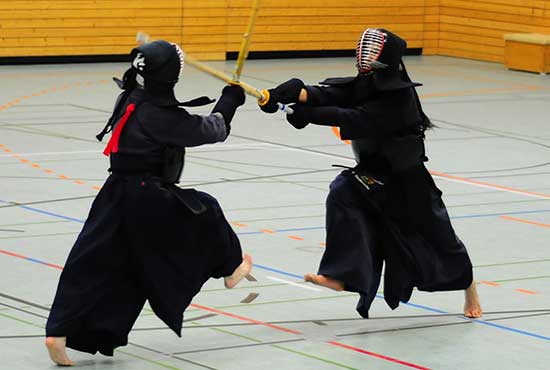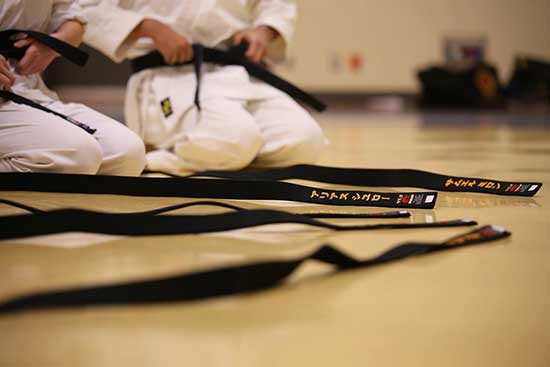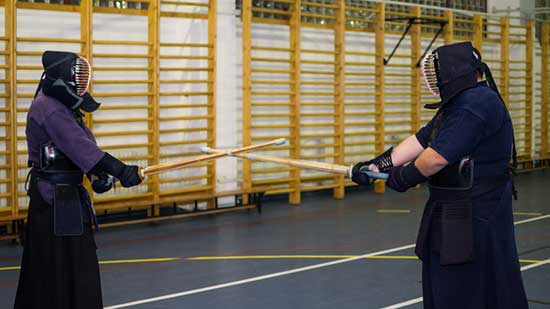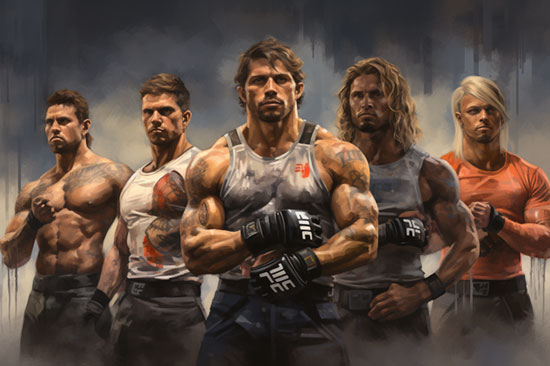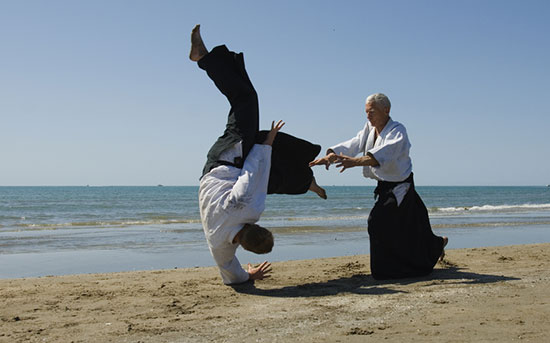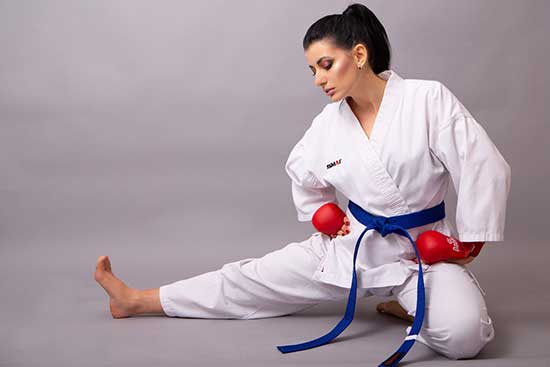The ability to strike without fail is the key to becoming a Kendo master. A good Kendo strike needs to be fluid and smooth, with just enough power behind it to penetrate.
This can be difficult if you are trying out new techniques or just getting used to striking again after being off the dojo floor for some time.
If you want to familiarize yourself with some commonly used names for strikes in Kendo, along with what the strikes are good for, tag along.
Contents
So, What are the Kendo Strikes Called?
Renowned as the way of the sword, Kendo has a number of unique strikes. These names come from a variety of techniques.
When you integrate these strikes into your kata and practice routines, you can set yourself apart from your fellow students, as well as gain valuable experience to draw upon in future training.
There are four main strike areas in Kendo, and they are divided into the right and left sides of the body.
The four striking areas include men (head strike), kote (wrist strike), do (body strike), and tsuki (thrusting strike to the throat), all named after the armor parts used for protection.
Now, let’s take a look at what sets these strikes apart.
Men Strike
A strike to this area should be quick and fluid, almost like a snake lunging at its prey. You should stay close to your opponent, strike quickly and get out of the way. The men strike is good for testing an opponent due to its speed and ease of use.
Men strikes are not recommended for those new to Kendo as the target area is small, and it can be difficult for beginners to hit consistently with this strike.
Men strikes are good for weakening an opponent’s resolve when fighting to set up more damaging strikes later on in your Kendo session.
Learning how to correctly balance your weight will help you when learning this technique, as well as making sure that you have good control of your shinai.
There are three target zones you should focus on when you strike at the men. You can go for the sho (middle), the migi (right), and the hidari (left) men areas.
Kote Strike
This strike is usually executed against an opponent’s wrist and/or arm either on the migi (right) or hidari (left) kote sides.
The kote glove blocks incoming strikes into the arm and wrist areas. If you are wearing a kote glove and focus on your center of gravity and correct contact point for your shinai, you can deliver damaging blows with this strike.
This strike is the most common strike in Kendo and is used to set up other variations of the Kote. The speed of your strike will depend on what variation of a Kote Strike you are using, as well as the intent on your part when striking.
You are not to lift your wrist too high when executing the strike, as your target is lower than the men’s strike.
Do strike
Similarly, the body armor is divided into migi (right) and hidari (left) sides. This strike is usually to an opponent’s torso, and depending on the direction of your Kiai (spirit yell), it can pack a powerful punch.
If you are trying to get a quick win, you should use this strike. This can also be used against an opponent’s lower body with good results if the match is coming to a close and you need a final blow to win.
Tsuki Stub
Tsuki entails stabbing. If you want to get in close and personal, the tsuki thrust is what you are looking for.
You want to push off to the right and then thrust forward with the shinai at a 45-degree angle. You should keep your body weight over your feet throughout the stroke, so you are balanced on two feet while thrusting.
The thrust should be fast, effective, and intimate. Don’t try this move unless you will go deep enough into your opponent’s throat.
How to properly use the Shinai When Executing the Strikes
The recommended striking portion of your shinai should be two-thirds of the shinai length. The general rule of thumb is that an inexperienced person might attack more to their left side, while an experienced person might attack more to the right.
When striking at the men, a beginner should focus on thrusting forward with the shinai at a 45-degree angle.
If you are doing a strike that involves thrusting or moving in any direction other than straight forward, it will be better if you use both hands on your shinai.
When you strike with your shinai, it should be smooth. Take your time and move slowly and carefully. Moreover, pay close attention to where you are striking.
Striking Strategies to Earn you Scores in Kendo
In Kendo, any strike that goes to the listed areas is a score. Strikes to other parts of the body other than the listed zones are dismissed.
However, to gracefully earn the score, you must deliver the strike or stab with the correct posture and with the correct portion of the sword.
Also, you have to utter (Kiai), for the designated target area. Do this with great zeal and grace, and you will be scoring again and again.
Conclusion
Kendo is an excellent martial art that still has plenty of room to grow. Many people try Kendo and give up because they have a hard time defining the different strikes.
Even if you do not have any experience with Kendo, I hope this article sheds some light on the striking techniques of Kendo.
If you are interested in learning more about this sport, check out a nearby school.
